Tropical Wildlife Ecology in Ecuador
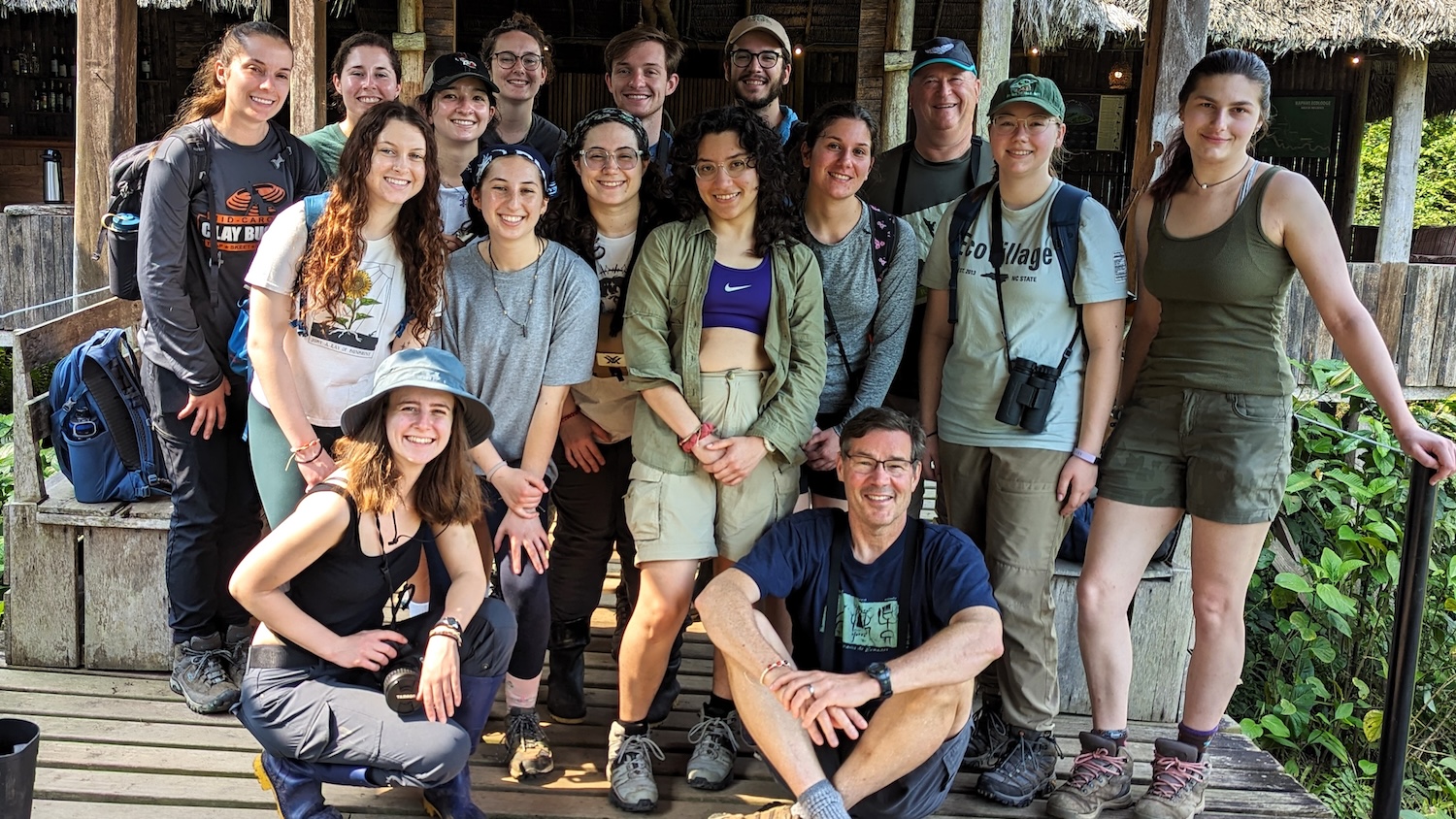
By: Christopher Moorman
Over spring break, 14 students, including 13 from Forestry and Environmental Resources, traveled to Ecuador for a 10-day trip to experience the country’s natural history and culture. The trip was a key part of the Tropical Wildlife Ecology course (FW 405/595) taught by Dr. Chris Moorman every other year.
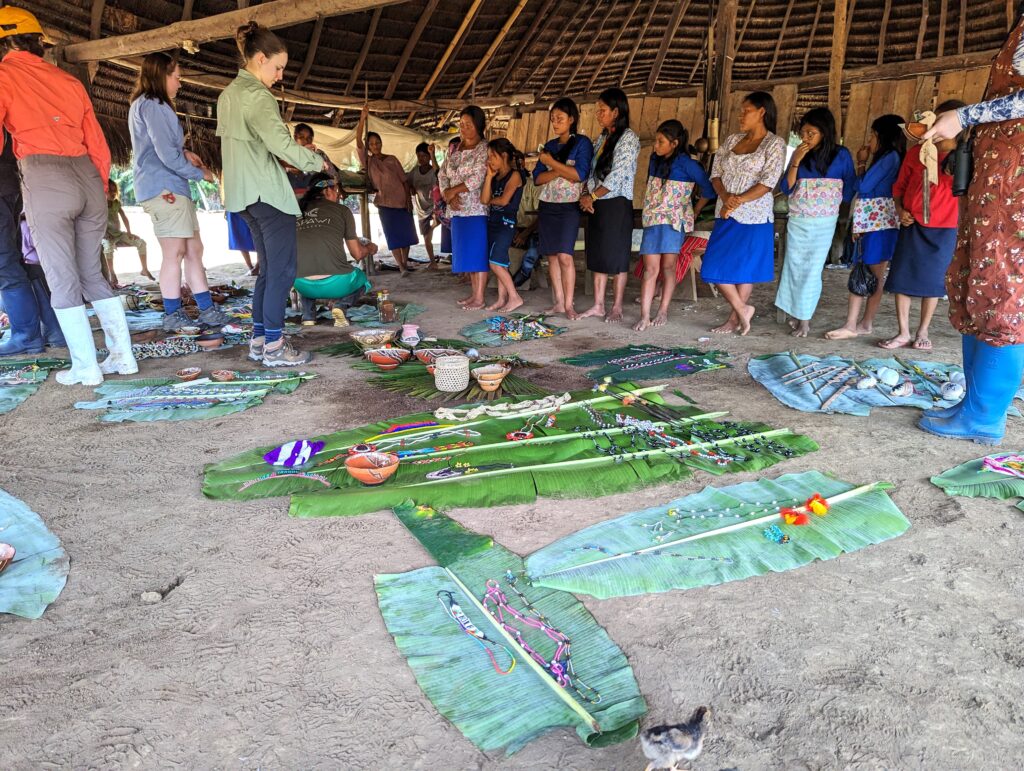
While in Ecuador, the class toured the capital city of Quito and visited the equator, traveled to the páramo biome famous for Andean condors, spent 3 days in the Andean cloud forest, and flew into the remote Amazon for a 3-day stay at the Kapawi Ecolodge owned and operated by the Achuar indigenous people.
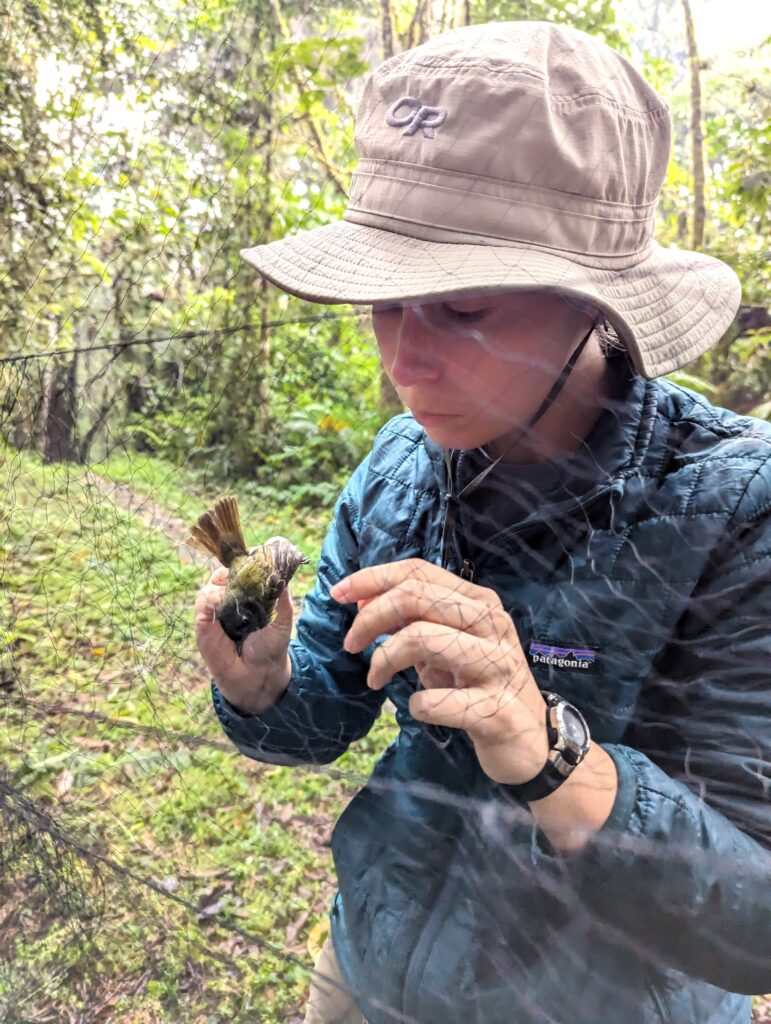
The group mist netted for 2 days at San Isidro Ecolodge in cloud forest, catching many birds including a southern emerald toucanet and 5 species of hummingbirds. Students put out camera traps at San Isidro and captured 2 Andean tapirs and 3 tiger cats (oncillas), including a melanistic individual. Camera trap captures at Kapawi amazingly included a jaguar and a puma, both within several hundred meters of the ecolodge where we stayed. The group took several boat rides along a tributary of the Pastaza River to see pink river dolphins, a capybara, and parrots and macaws at a clay lick.

A highlight of the trip was the opportunity to visit a local Achuar community to learn about the people, food, and culture. While there, we spoke with a community leader, drank the house chicha, and competed in a blow dart competition. Other highlights from the trip were sightings of an Andean tapir, a spectacled caiman, a brown-throated 3-toed sloth mother and young, 6 species of monkey, a rare blue caecilian, and over 220 bird species. The experience created memories that will not soon be forgotten.
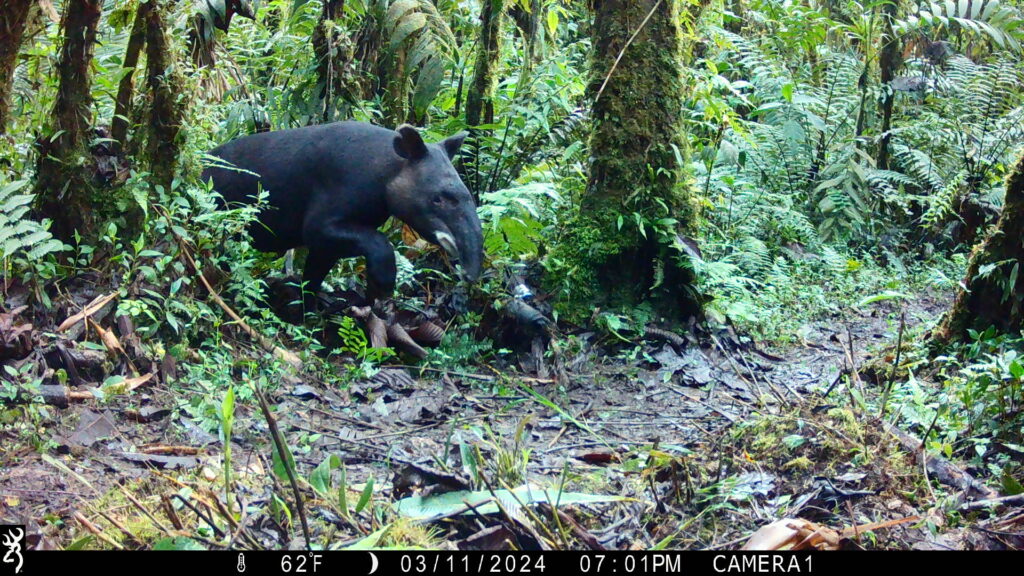

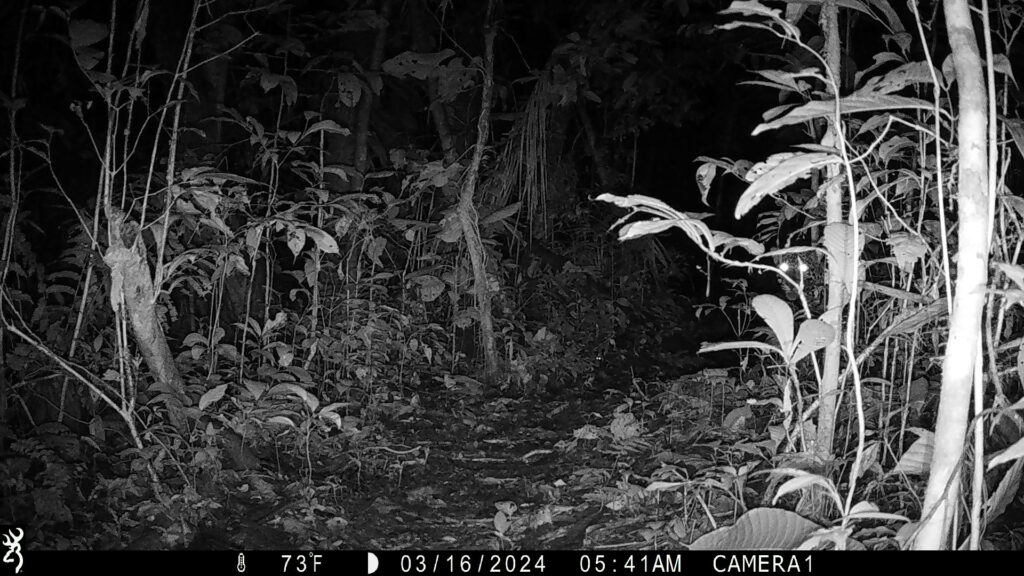
- Categories: